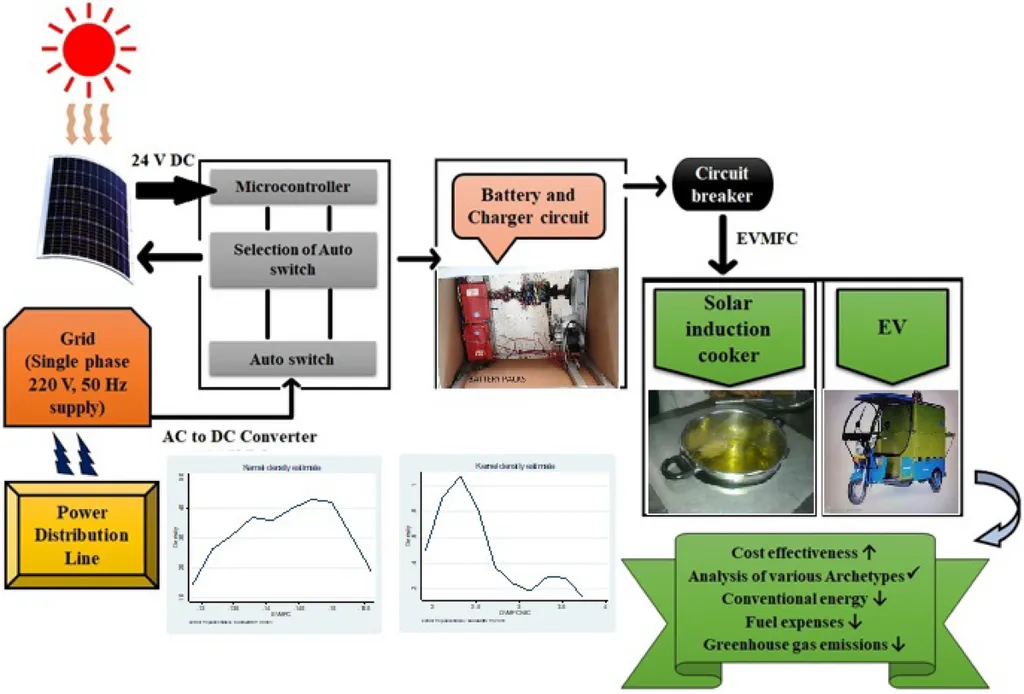In the ever-evolving landscape of industrial monitoring and environmental control, the quest for accurate and reliable ethanol (EtOH) sensing has taken a significant leap forward. Researchers from Osaka Metropolitan University have developed a groundbreaking sensor that promises to revolutionize the way we detect and measure ethanol, a compound ubiquitous in industries ranging from energy production to healthcare.
At the heart of this innovation is a copper-based metal-organic framework (MOF) thin film, dubbed Cu-MOF-74. The lead author, Yuto Toki, from the Department of Materials Science at Osaka Metropolitan University, explains the significance of their work. “Traditional ethanol sensors have often fallen short in terms of sensitivity, selectivity, and reversibility,” Toki notes. “Our Cu-MOF-74 thin films address these limitations, offering a robust solution for real-time, accurate ethanol detection.”
The Cu-MOF-74 sensor operates on the principles of solvato/vapochromism, a phenomenon where the material changes color in response to the adsorption of guest molecules like water and ethanol. This colorimetric response is not only rapid but also reversible, making it ideal for continuous monitoring applications. The thin films, converted from Cu-based ceramics, exhibit low light scattering, ensuring clear and precise colorimetric analysis.
One of the most compelling aspects of this research is its potential impact on the energy sector. Ethanol, a key component in biofuels, requires precise monitoring to ensure quality control and environmental compliance. The Cu-MOF-74 sensor can provide real-time data, enabling energy producers to optimize their processes and reduce waste. “This technology can be a game-changer for industries that rely on ethanol,” Toki adds. “From biofuel production to environmental monitoring, the applications are vast.”
The researchers have also developed a smartphone application to complement the sensor, allowing for rapid and convenient evaluation of ethanol levels. This integration of cutting-edge materials science with modern technology underscores the versatility and practicality of the Cu-MOF-74 sensor.
The findings, published in Small Science, represent a significant advancement in ethanol sensing technology. The journal, known for its focus on innovative materials and their applications, provides a fitting platform for this groundbreaking research. The name of the journal is translated to English as Small Science.
As we look to the future, the implications of this research are far-reaching. The Cu-MOF-74 sensor not only addresses the limitations of traditional ethanol sensing methods but also opens the door to new possibilities in materials science and industrial monitoring. With its potential for real-time, accurate detection, this technology could shape the future of environmental monitoring, process control, and healthcare. The journey from lab to market is never straightforward, but the promise of Cu-MOF-74 is clear: a brighter, more efficient future for ethanol sensing and beyond.

